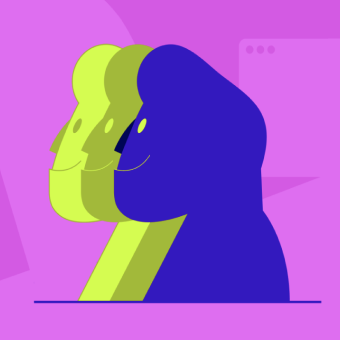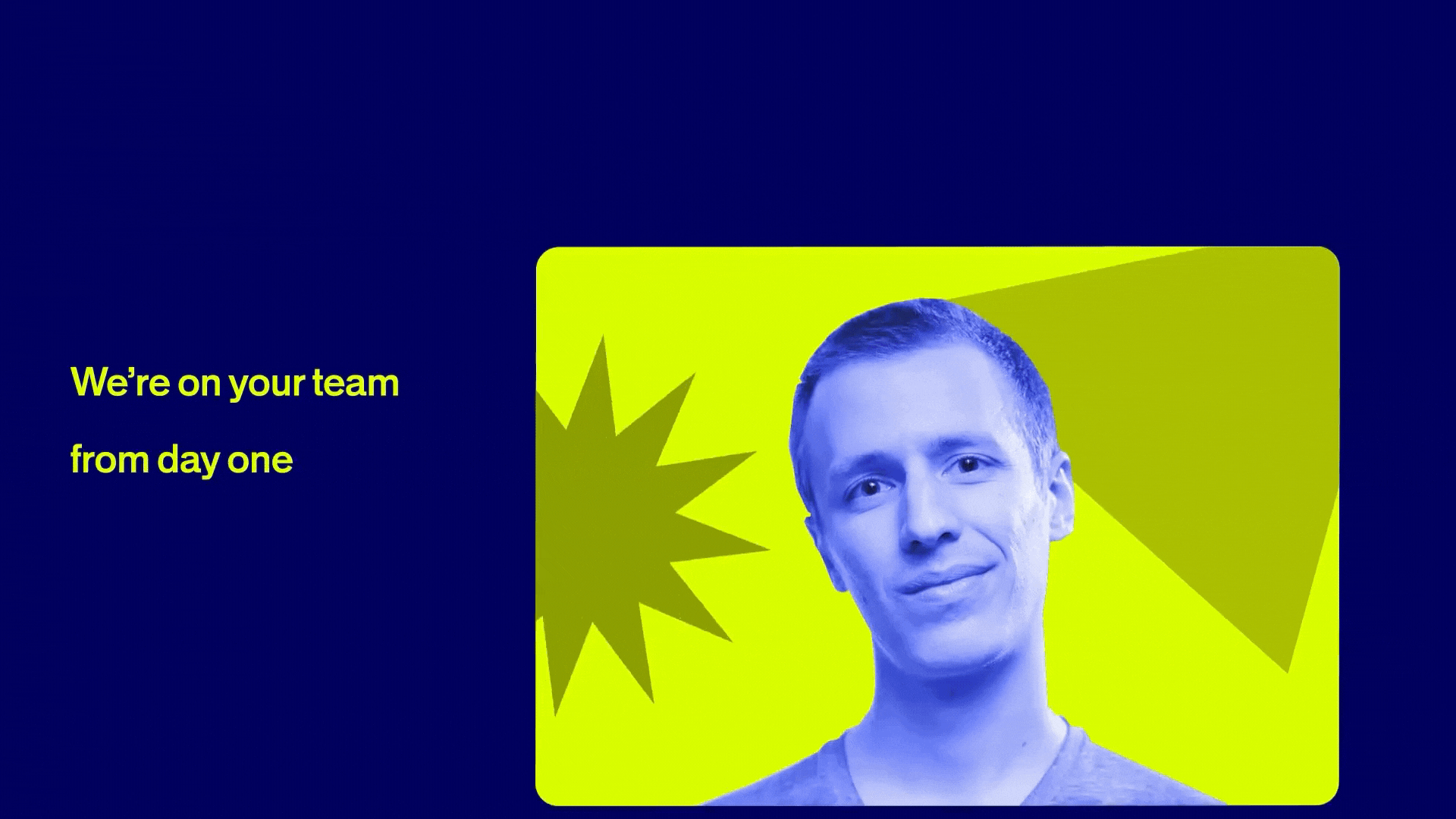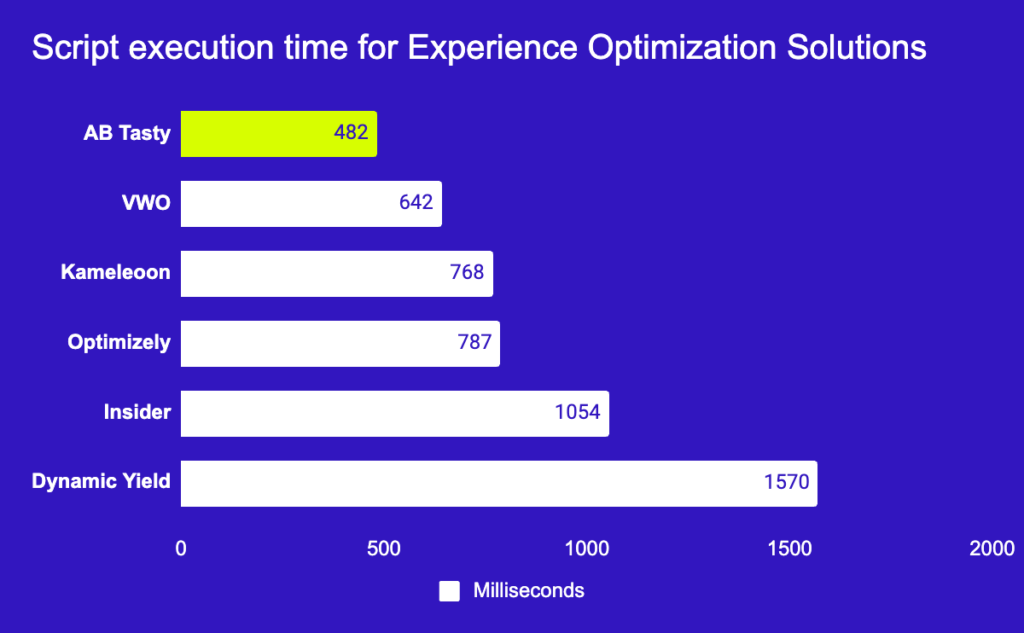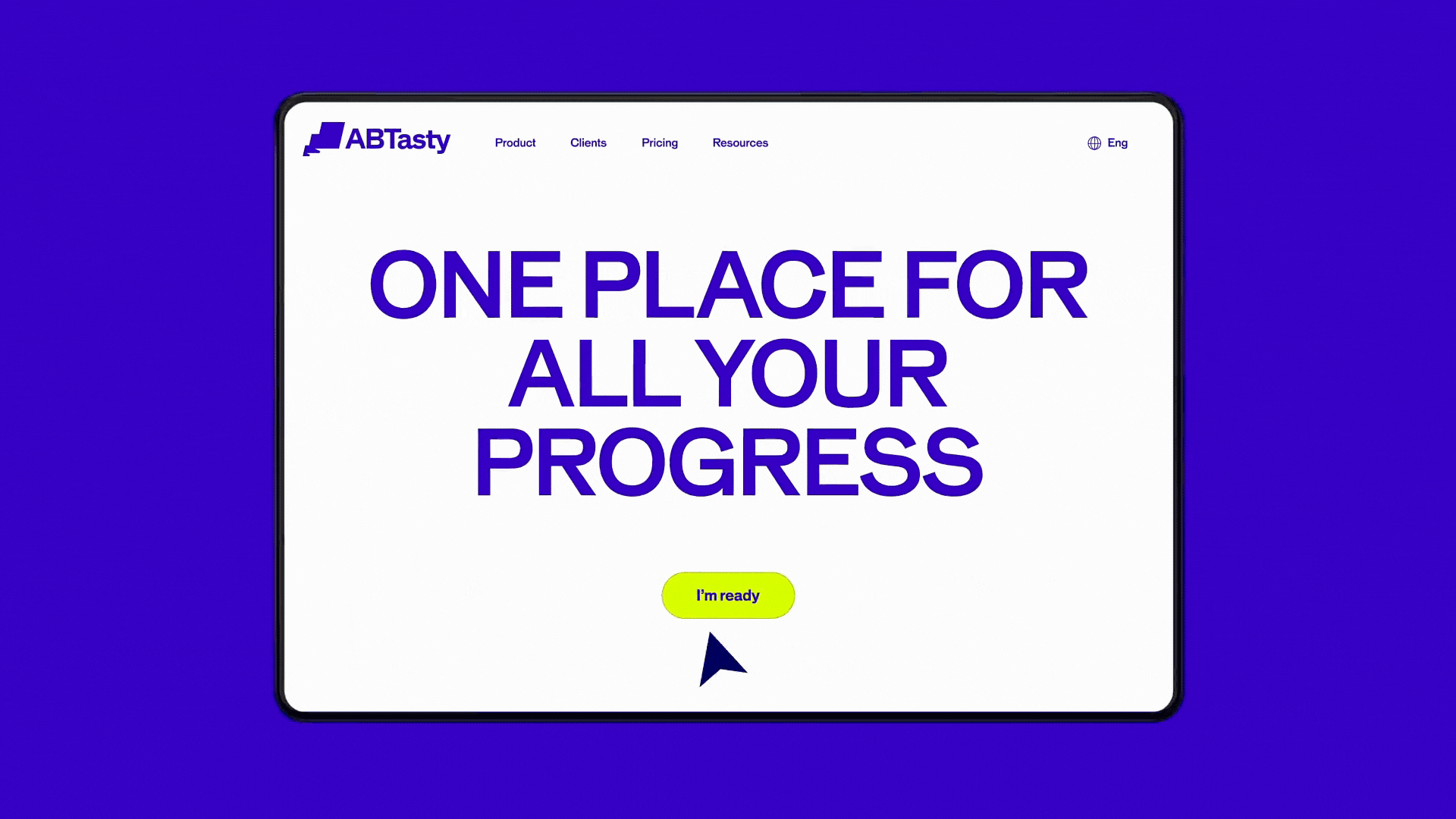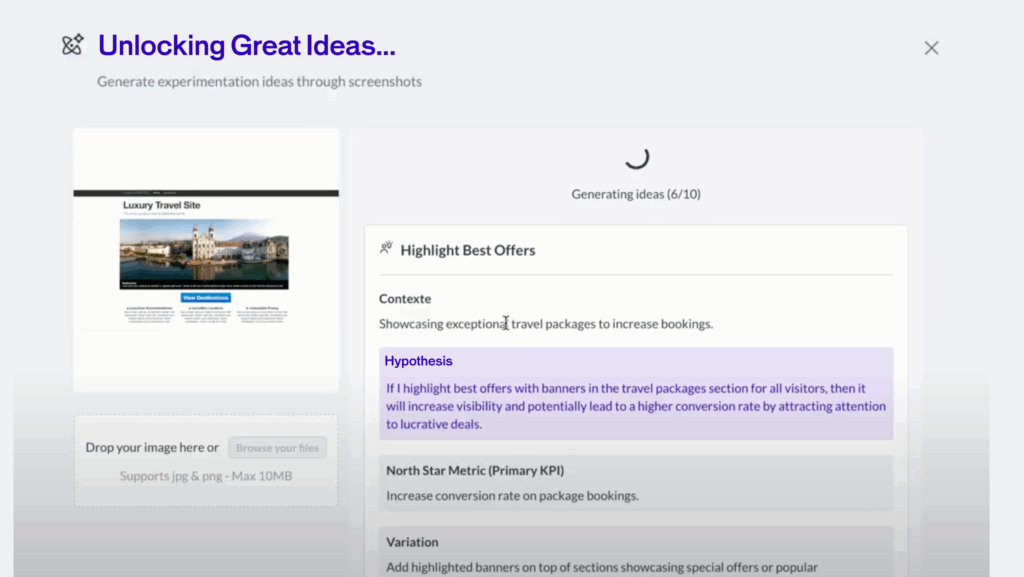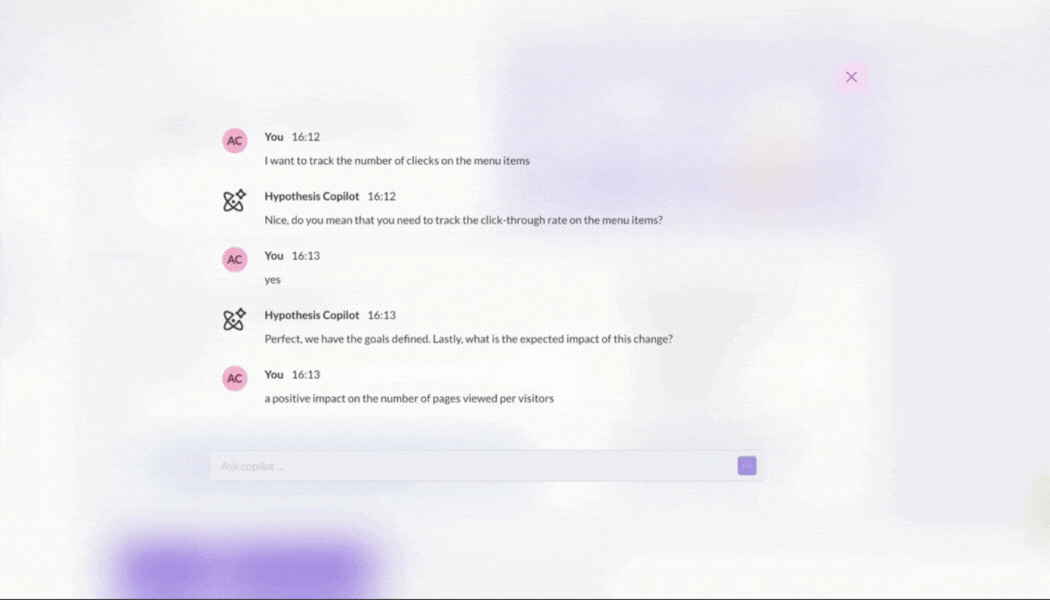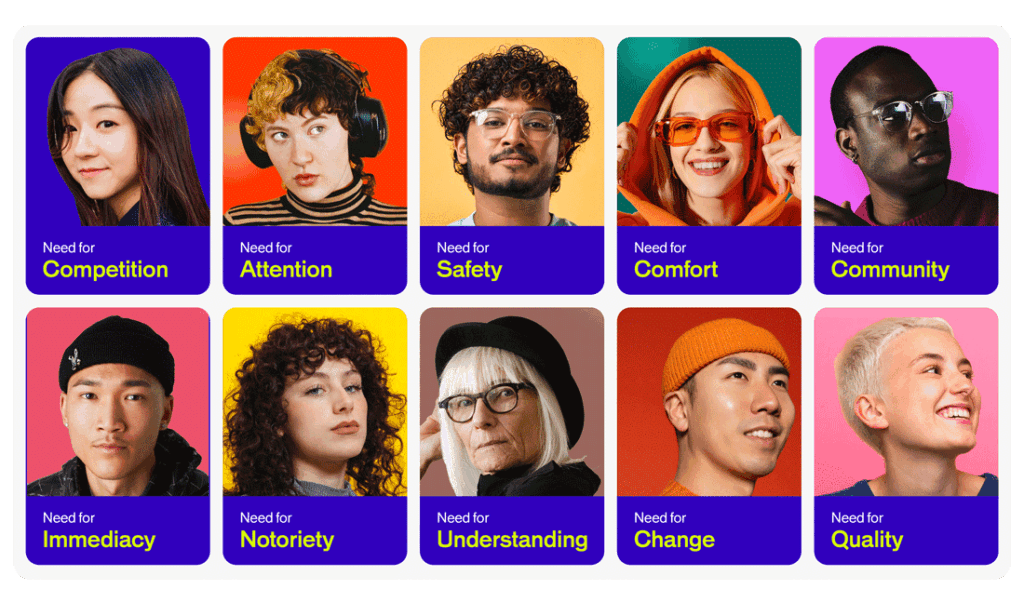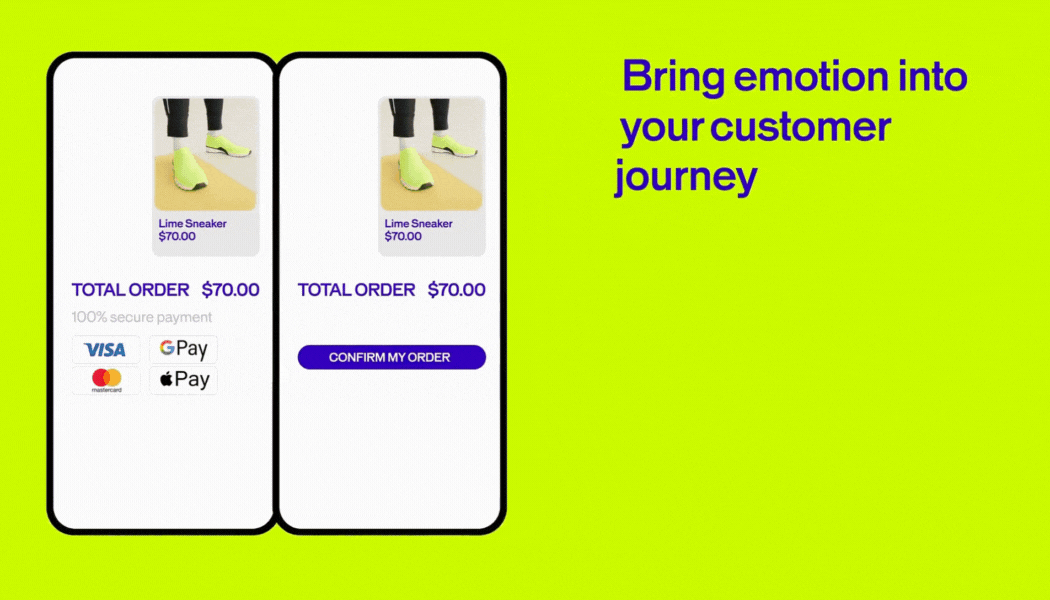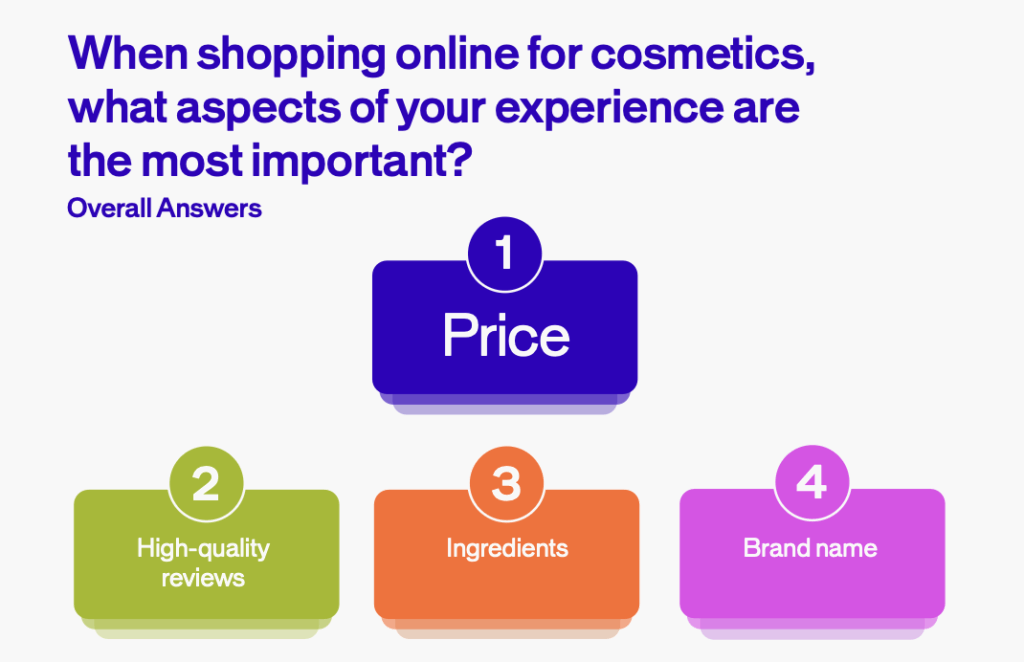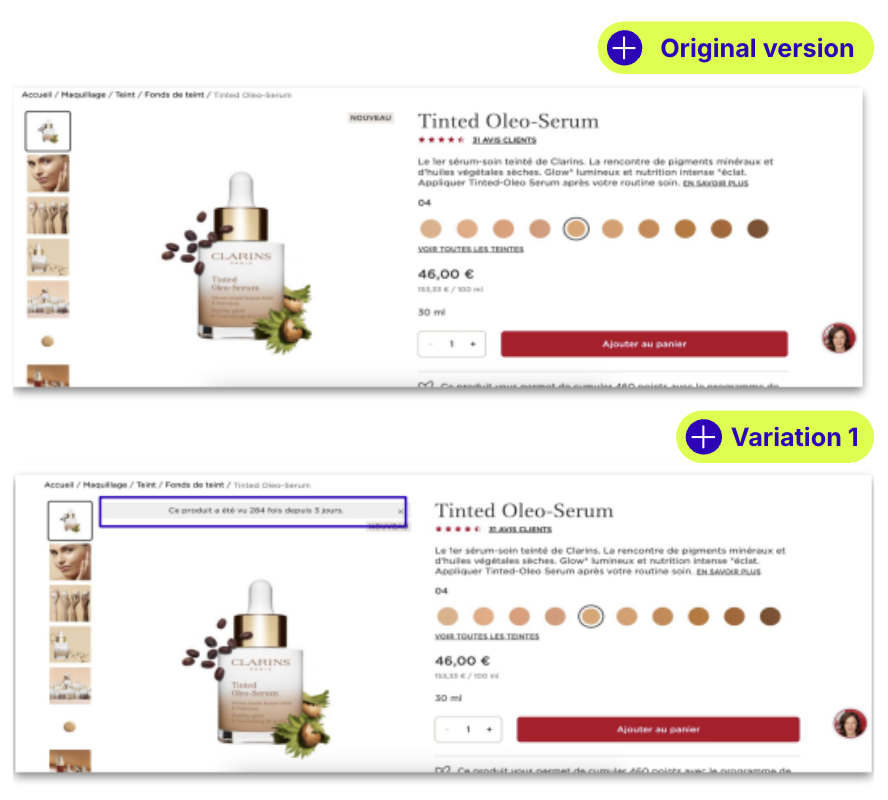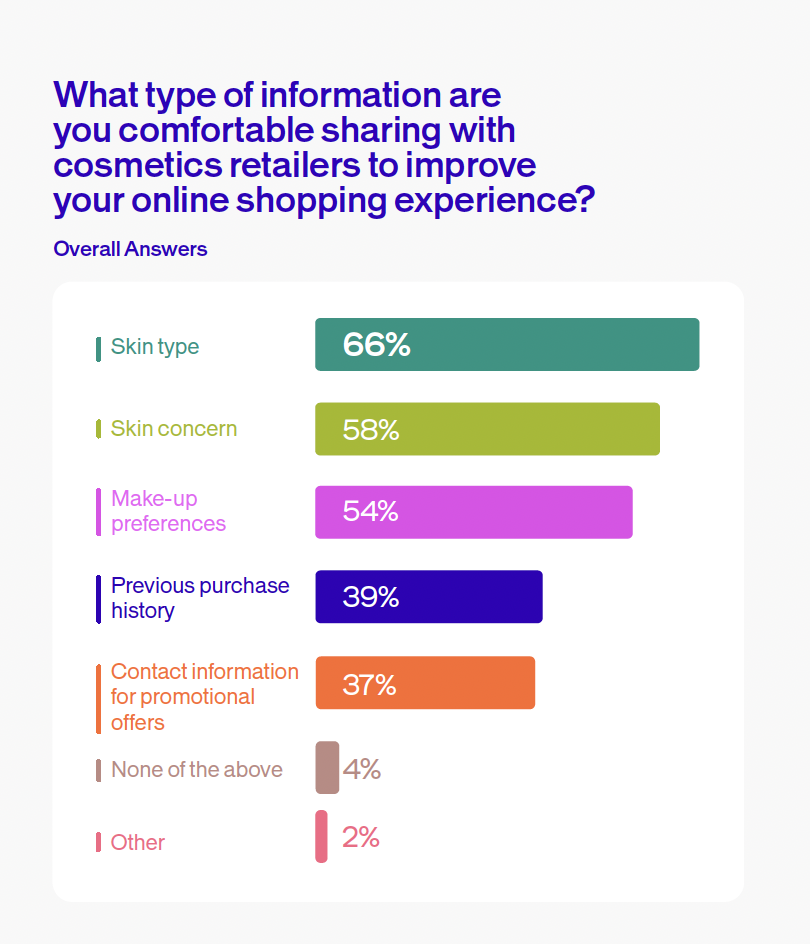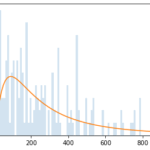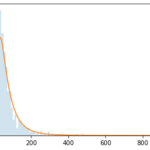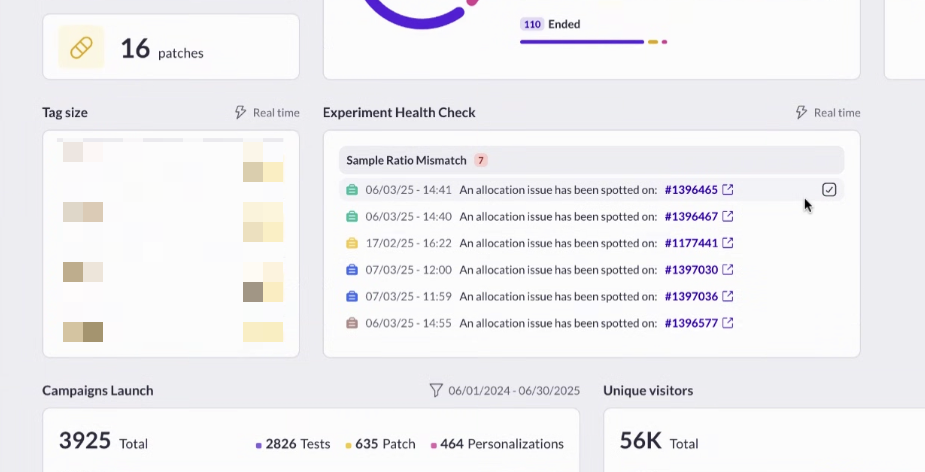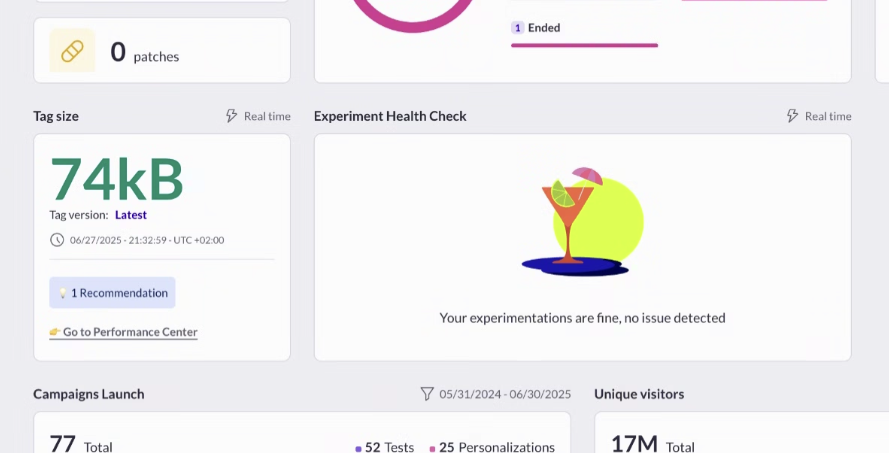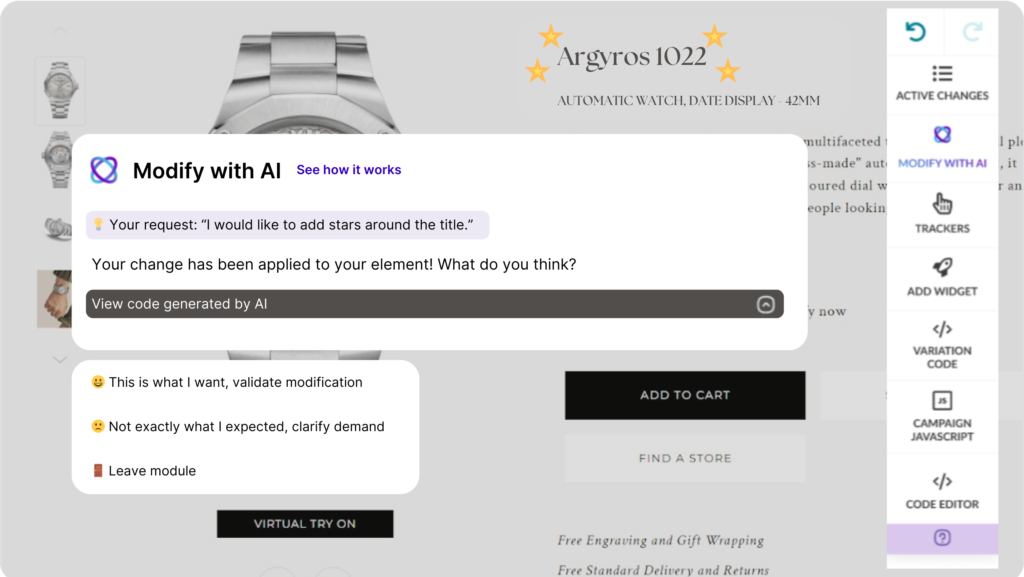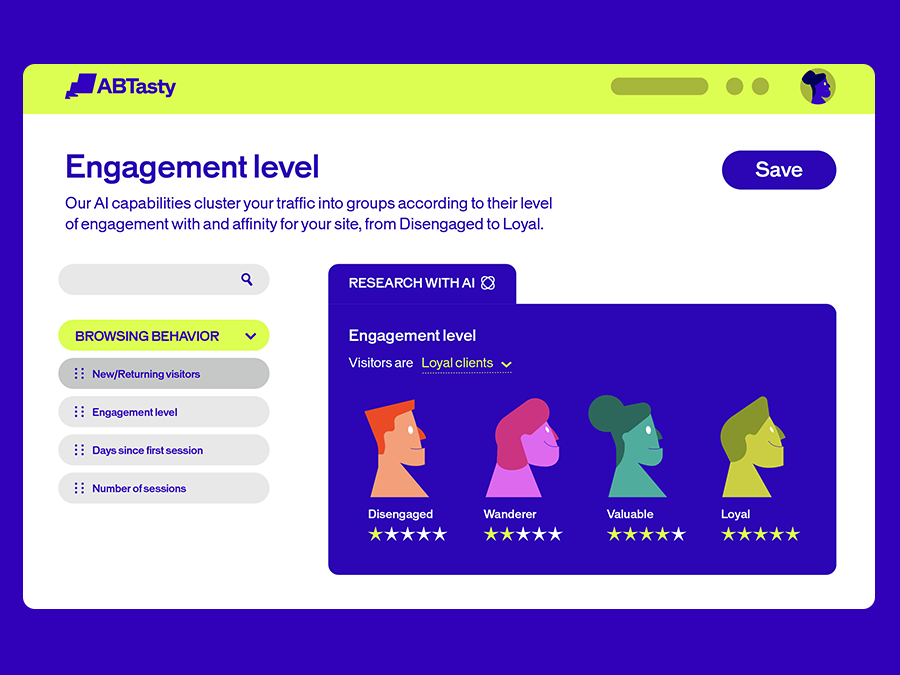Picture this: You’ve just launched a new product line, or maybe you’re gearing up for a themed campaign–think “Back to School” or a limited-edition collection. You want your customers to discover the right products, right away. But traditional recommendation engines are stuck waiting for data to trickle in, leaving you with generic suggestions and little control over what’s shown. For merchandisers, that’s not just frustrating – it’s a missed opportunity.
That’s exactly why we built AB Tasty’s Semantic Proximity Algorithm. Instead of relying on yesterday’s sales numbers, this new approach lets you craft relevant, business-driven product recommendations from day one. Whether you’re working with a fresh catalog or pivoting to a new campaign, you get the flexibility and control you need – no waiting, no guesswork, just smarter recommendations tailored to your goals.
From Algorithm to Merchandiser Mindset
Most recommendation engines are just that – algorithms. But AB Tasty’s Semantic Proximity Algorithm is a paradigm shift: it allows your catalog to think like a merchandiser. Instead of passively waiting for data, it actively understands your products, your campaigns, and your business goals – giving your catalog a brain and putting you in the driver’s seat from day one.
Why Rethink Product Recommendations?
Traditional recommendation algorithms are built on analytics data – think Google Analytics or similar tools. These models can be effective, but only if you have enough historical data. What happens when you launch a new product line, a new brand, or want to activate a campaign around a specific theme (“Back to School,” “Harry Potter,” etc.)? Merchandisers are often left with little control, unable to quickly tailor recommendations to their business needs or campaign goals.
This is the challenge that inspired us to create the Semantic Proximity Algorithm: a tool that empowers merchandisers to launch relevant, business-driven recommendations instantly, even with zero historical data.
The Semantic Proximity Algorithm: A New Approach
AB Tasty’s Semantic Proximity Algorithm takes a fundamentally different approach. Instead of relying on analytics data, it leverages advanced Natural Language Processing (NLP) to analyze the attributes of your product catalog – such as product name, description, category, price, and even custom metafields. This allows the algorithm to identify products that are semantically related, regardless of whether they have ever been purchased together.
Key benefits include:
- Fast ROI: Campaign launches, upsell, cross-sell
- Instant setup: No need to wait for analytics data to accumulate. Recommendations are ready as soon as your catalog is integrated.
- Total flexibility: Merchandisers can select and combine any catalog attributes to build strategies and adapt recommendations on the fly for seasonal events or business needs.
- Full control and transparency: Preview and iterate on recommendations before going live, ensuring relevance and quality.
- Adaptable for all expertise levels: The algorithm is as simple or as advanced as you need. SMBs can start with just product names, while advanced users can leverage dozens or even hundreds of attributes for highly customized strategies.
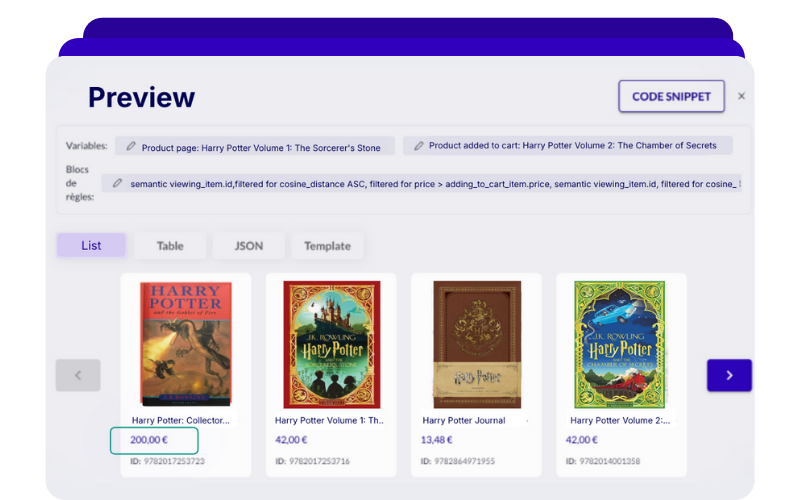
Previously, recommendation engines were blind – waiting for clicks, sales, and data to slowly trickle in before making generic suggestions.
AB Tasty’s Semantic Proximity Algorithm delivers instant, intelligent recommendations. As soon as your catalog is integrated, the algorithm “thinks” like a merchandiser – making smart, relevant suggestions based on product meaning, not just past behavior. No more waiting, no more guesswork -just instant, business-driven recommendations that adapt as quickly as you do
Unique on the Market
No direct competitor offers this level of semantic attribute selection and flexibility. While some platforms provide basic attribute filtering, none allow merchandisers to select and combine multiple catalog attributes to fine-tune recommendations. Most competitors still rely mainly on analytics and sales data, with only limited semantic analysis capabilities.
This is a true differentiator for AB Tasty, empowering clients to adapt their recommendation strategies to their unique business challenges – without being held back by data limitations.
How Does It Work in Practice?
The Semantic Proximity Algorithm is designed to be both powerful and user-friendly. Merchandisers can choose which attributes to use for each recommendation strategy – whether that’s product name, description, category, price, or even custom fields like Shopify metafields. This means you can tailor recommendations for specific campaigns, themes, or business objectives.
For example, during a seasonal campaign, you might want to recommend products that share a common theme in their description or category, even if they’ve never been purchased together before. Or, you might want to upsell higher-value editions of a product by prioritizing price as an attribute. The algorithm allows you to preview and iterate on these strategies instantly, making it easy to adapt to changing business needs.
Upsell, Cross-sell, and Beyond with Product Recommendations
The flexibility of the Semantic Proximity Algorithm opens up new possibilities for both upsell and cross-sell strategies. For upsell, you can recommend alternative products that are not only similar but also more profitable. For cross-sell, you can suggest complementary items that enhance the customer’s purchase – think of the classic “chewing gum at the checkout” scenario, but tailored to your specific catalog and business logic.
This approach is especially valuable for businesses with large or complex catalogs, or those looking to launch new products and campaigns quickly. It’s also ideal for expert merchandisers who want granular control over their recommendation logic, as well as for SMBs seeking a fast, easy-to-implement solution.
Fun Facts & Unique Highlights
- Did you know? This is the first AB Tasty algorithm that works directly from your product catalog–no analytics setup required.
- Unique on the market: No competitor allows merchandisers to select and combine multiple catalog attributes (including custom metafields) to fine-tune recommendations.
- Instant preview: You can see and iterate on your recommendation strategies before going live – perfect for adapting to seasonal campaigns or special events.
- Scalable: The algorithm can handle catalogs with hundreds or even thousands of attributes per product.
Conclusion
AB Tasty’s Semantic Proximity Algorithm ushers in a new era for product recommendations: faster, more flexible, and more intelligent. Whether you’re an SMB looking for simplicity or an enterprise seeking advanced personalization, this innovation lets you transform the customer experience and maximize revenue from day one.
FAQs
Is this just another “black box” AI?
No. You control which attributes are used, can preview results, and iterate. It’s transparent and customizable.
What if the recommendations don’t make sense?
You can filter and combine attributes, set thresholds, and preview results before going live. Early feedback has led to rapid improvements.
Does it work with custom fields?
Yes! Any attribute in your catalog, including custom metafields, can be used.







